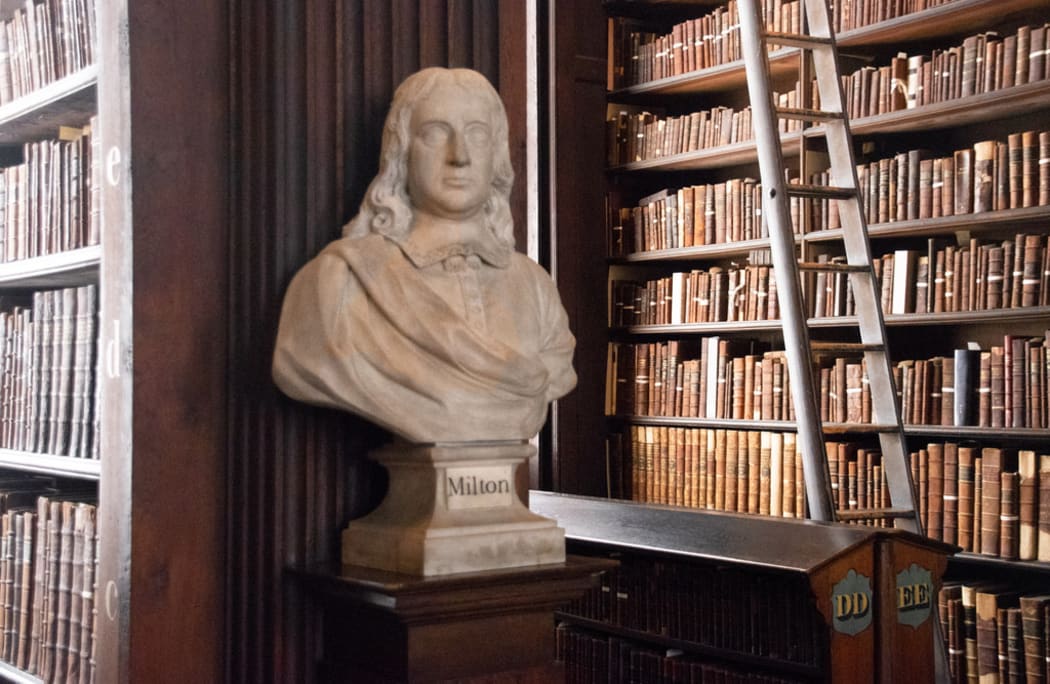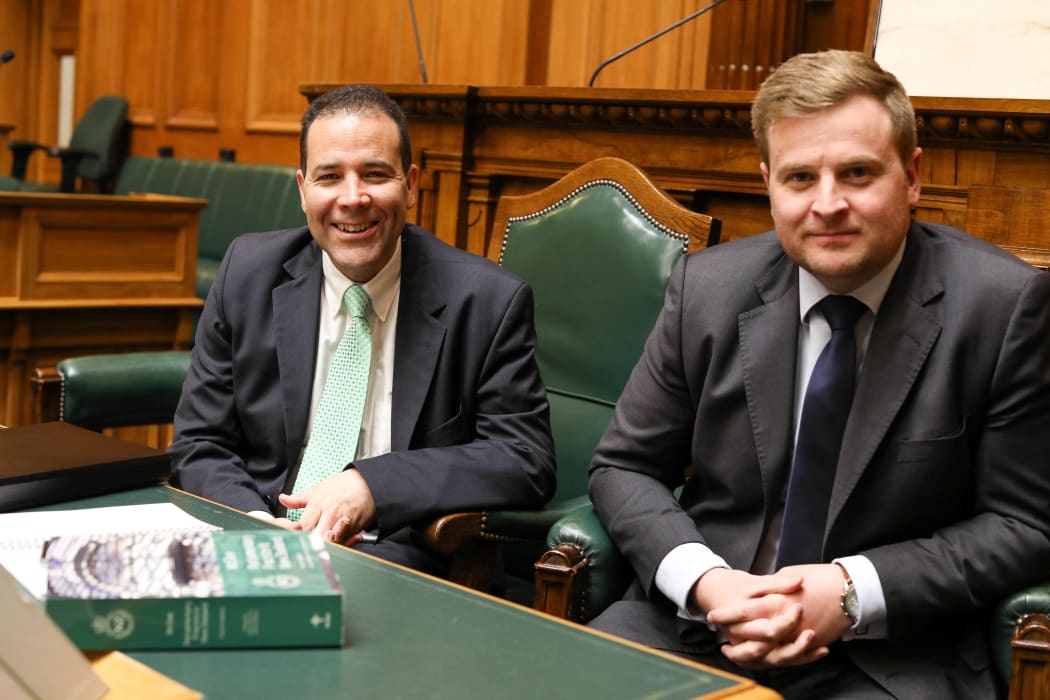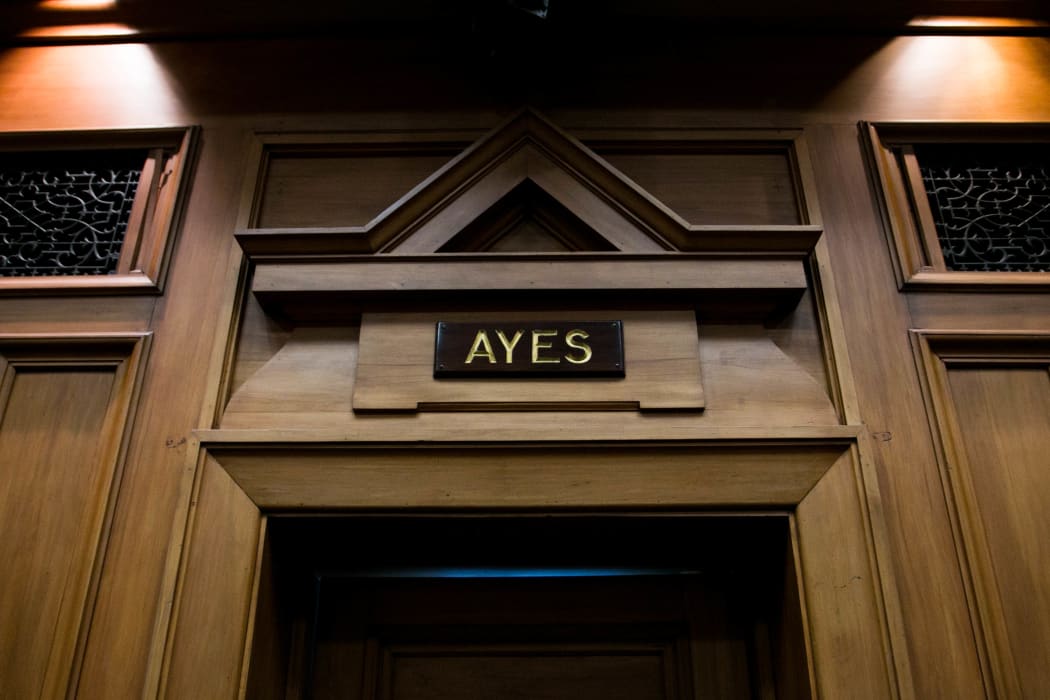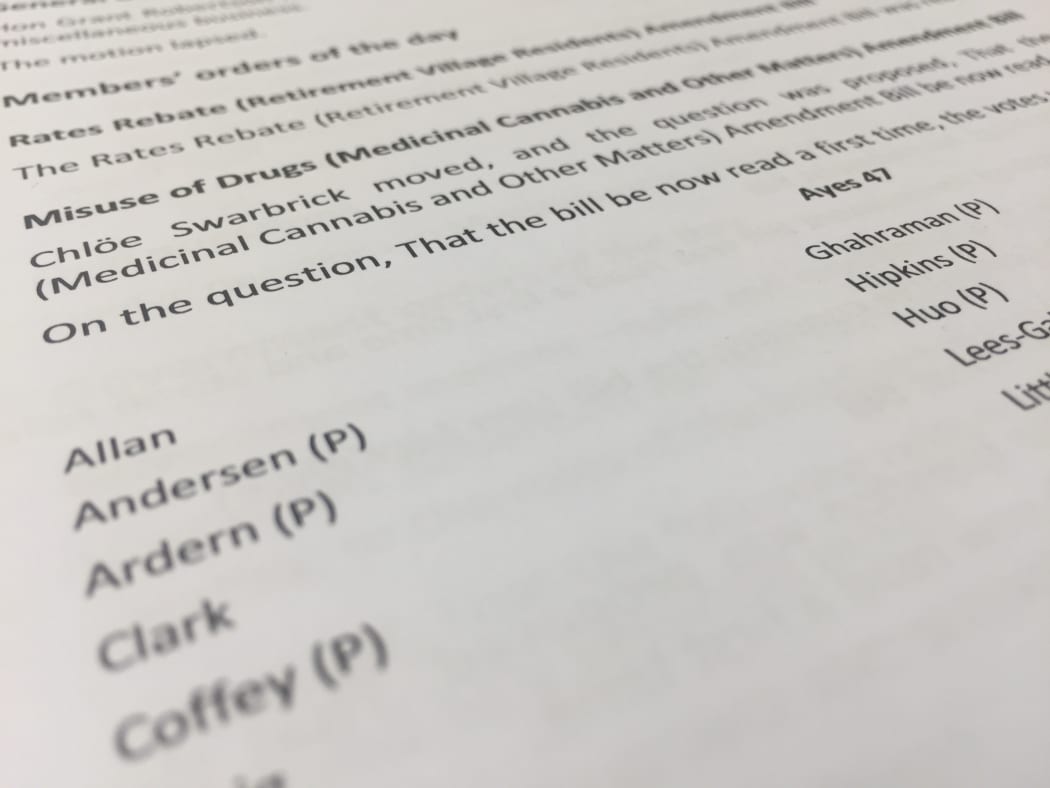John Milton asked for “the liberty to know, to utter, and to argue freely according to conscience, above all liberties.” He omitted voting, but he was speaking in Parliament so maybe that’s a given.
The writer of Paradise Lost left voting off his call for freedom of conscience, but he was not apolitical. When he wasn’t writing epic poetry he was Oliver Cromwell’s spin doctor to Europe, and an unrepentant regicide who was imprisoned and might have been executed after the restoration if he hadn’t been such a genius.

Bust of John Milton (1608-1674) -- The Long Room Trinity College Dublin Ireland Photo: Ron Cogswell, CC
Conscience has also long been a voting driver in New Zealand. And not just at the ballot box, but in the House as well. In the early Parliament every vote by MPs was an individual choice because there were no political parties, just loose, shifting alliances.
In recent decades conscience issues have often been harbingers of significant societal change. For example the homosexual law reform, gay marriage, prostitution reform, 'anti-smacking', medicinal cannabis, death with dignity and end of life choice bills. They’re big, paradigm-shift topics.
Both the Death with Dignity and Medicinal Cannabis members' bills failed, but the very existence of debate in topics previously considered unthinkable is a departure, and both of those bills found continued debate in other bills that followed them. The Death with Dignity Bill (1995) became the Death with Dignity Bill (2003) and then the End of Life Choice Bill which is currently before a select committee; while the Medicinal Cannabis member's bill sparked both a government and an opposition alternative.
The two categories of bills
Labour MP Priyanca Radhakrishnan spoke early in this Parliament about “two categories of bills”.
She characterised the first type as bills “that have the power to transform the lives of large groups of people” and “bills that are explosive and command attention.” While the other kind were “quieter”, but “ensure that the lives of the people we're here to serve tick along as smoothly as possible.” So maybe Milton wasn’t the last poetic MP.
Most votes that take place in Parliament fall into the second category. Much of the daily business of Parliament is in the ‘boring but important’ box. Fiscal this, administrative that. Tweaks and adjustments that can have a significant impact but don’t stir passions.
But conscience issues are almost always in that first category. Explosive, transformative, personal. So what are they exactly and how do they work?
What is a conscience vote?
A conscience vote is a Parliamentary vote on legislation in which MPs are officially not bound to vote along party lines, but instead vote (and are counted) as individuals according to their conscience. For some MPs this means voting their personal belief on an issue, while some MPs attempt to take stock of their electorate’s opinions and vote based on that.
Can’t they always do that?
Yes, MPs can always vote individually. When a clerk tallies votes in the house and a party’s tally is short of the total possible they add an extra question: “any other votes?” This is in case someone plans to abstain or ‘cross the floor’ to vote contrary to their own party, or similar. This is very rare. Crossing the floor is seismic and career-ending. When Marilyn Waring crossed the floor in 1984, voting with Labour to ban nuclear ship visits, the then Prime Minister called an election.
A clerk tallies votes?
Since MMP began in New Zealand votes on Bills in Parliament are made by party blocks and told to the Clerk at the Table by a whip from each party (an MP in charge of discipline), after their party name is called out. It goes from biggest to smallest party so currently begins “New Zealand National Party?” “55 votes opposed.” “New Zealand Labour Party?” “46 votes in favour”, etc.

The Clerks at the Table are the secretariat for the Chamber and among many responsibilities they conduct and tally party votes. There are few Clerks who take turns (and have other jobs outside the chamber). These two are Deputy Clerk of the House Rafael Gonzalez-Montero and James Picker. Photo: VNP / Daniela Maoate-Cox
What’s that kind called?
That’s a party vote. Most contentious votes in parliament are like that. The MPs don’t vote, but a party whip votes on behalf of every MP in that party. All votes are attempted first as a Voice Vote (a call of voices), and the Speaker declares a winner. Only if there is dissent about the outcome is a party vote taken.
Party votes might be called for to check the decision is correct, to get it on record how parties voted, or just to use up time (if the opposition is filibustering).
How do they decide which way to vote?
Sometimes parties will have considered an issue at their caucus meeting and voted on it. Each MP is then bound by the caucus decision, and you don’t get to know what the opinions of individual MPs are (though debating enthusiasm might be indicative).
Sometimes the party leadership might decide how the party’s votes will be used without consultation. Lots of votes happen between Caucus meetings after all. What happens in caucus is, at best, very opaque.
What about Split Votes?
A split vote is when a caucus agrees to disagree on a non-conscience issue, and the party leadership allows MPs to decide how to vote on a bill. Some parties are more likely to allow this than others. As a result, when the party vote is asked for, a party whip calls out two numbers, for example “30 for, 16 against”. But that still isn’t a conscience vote.
That sounds like a conscience vote, what makes the difference?
Split votes are still party votes, while conscience votes are personal votes, which is run entirely differently so forewarning is useful. This is given by the Speaker who declares a coming vote a conscience issue. The Speaker would usually do so after a request for it, but he can also turn requests down. They also become integral to a conscience debate because which MPs will speak isn’t organised by the whips like it usually is.
So they debate differently?
Debates usually ping pong across the House between parties. But in conscience issue debates the parties aren’t defined by a position so it’s up to the Speaker to try and get a range of opinion from those who jump up to seek a call.

The Ayes Door leads out into the Government Lobby, behind one side of the chamber. Photo: VNP / Daniela Maoate-Cox
How is the vote run differently?
On a conscience issue MPs vote in person, so are expected to be in the chamber (though they can organise a proxy to vote for them). The division bell is rung for seven straight minutes to call them to the chamber.
When the bell finally finishes ringing the Speaker orders the chamber area (including the side lobbies) locked so no further MPs can arrive. The question to be voted on is then re-read, and a division called. Votes are called divisions.
MPs vote by getting up out of their seat and walking out of the chamber through one of the doors on either side. These lead into the government or opposition lobby and helpfully have Ayes or Noes carved above them. As MPs enter a lobby they give their name to an MP appointed as a teller. The Speaker doesn’t exit, but gets another MP to vote for him.
Because government MPs vote for most bills the Ayes door is on the government side. The reverse is true for the opposition. This is where the phrase ‘crossing the floor’ comes from. To vote with the parties on the other side of the House you would need to cross the floor of the chamber to exit the opposite door.
It’s good that they play Division Bell. That was a great Pink Floyd album.
Yeah, nah. The album was named after the bell used in Parliaments. Sadly they don't play that. What they do play is the loud klaxon you can sometimes hear in the background of TV interviews. When all votes were made in person it rang constantly. Now it only rings before a sitting, or when a sitting is suspended or adjourned and also for conscience votes.
How do parties treat conscience votes?
Differently dependent on the issue and the party. Even when the speaker declares an issue a conscience issue, parties may decide that they will still vote as a block. ACT always votes as a block (there being only one MP at present), but New Zealand First also often votes with a unified front and National has done the same at times.
But regardless of which way they choose to vote, they still have to turn up (unless they have a proxy), line up and be counted in the Ayes or Noes lobby for their numbers to be included.

The official record of a personal vote Photo: VNP / Phil Smith
And then what happens?
The two tellers compile their lists and present them to the Clerk at the Table. Those totals are declared along with whether anyone abstained. It’s compulsory for MPs to participate in a personal vote if they are in the chamber, but they can abstain.
The record of the vote includes the names of everyone and how they voted.
Then it's on with business as usual. If there is another personal vote almost immediately the bell is still rung for the next one but can be limited to a minute.

